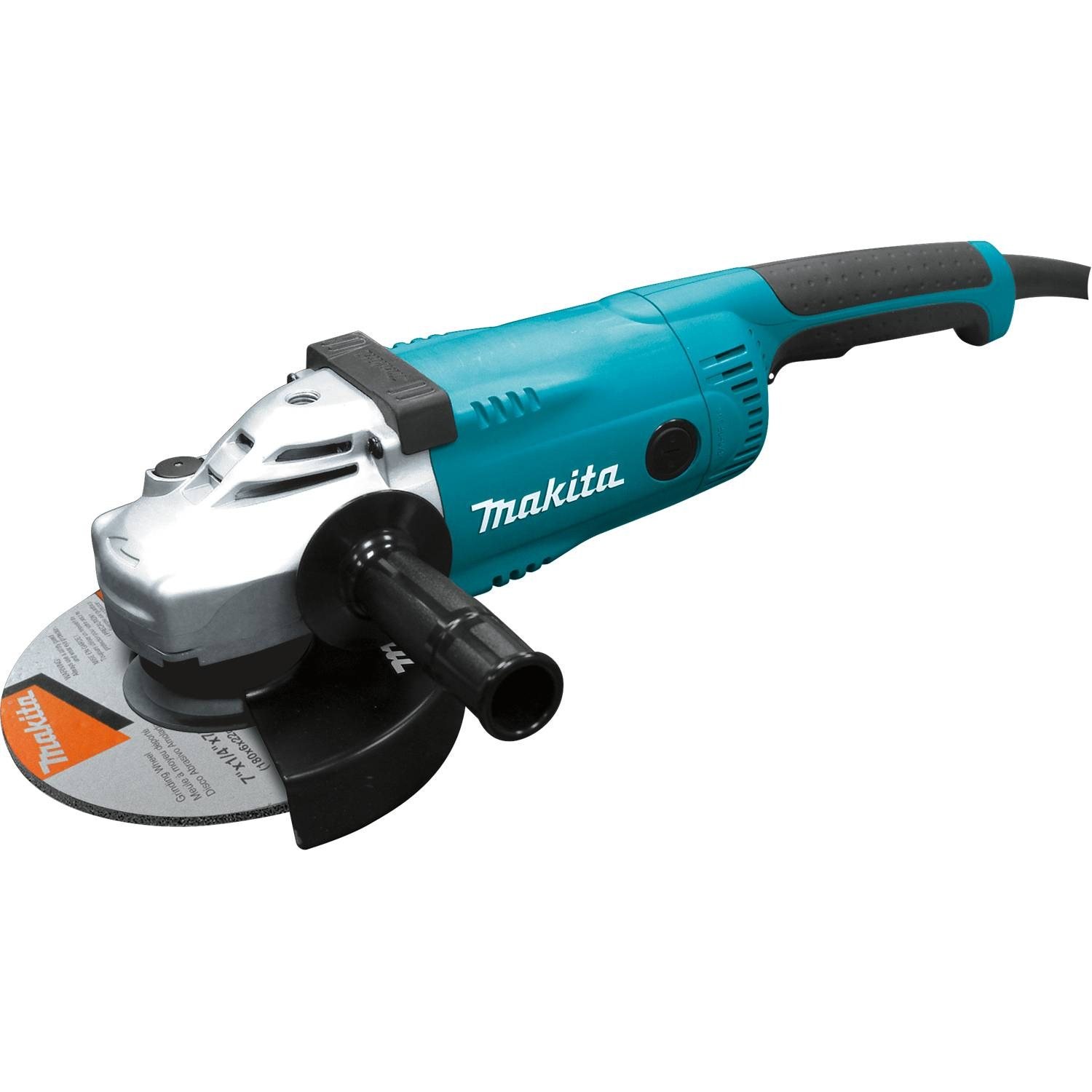
Makita Angle Grinders: Power, Precision, and Performance
In the realm of power tools, few names hold as much renown as Makita. Renowned for their durability, performance, and innovation, Makita tools have become the go-to choice for professionals and DIY enthusiasts alike. Among their extensive range of power tools, Makita angle grinders stand out as a testament to the brand’s commitment to excellence.
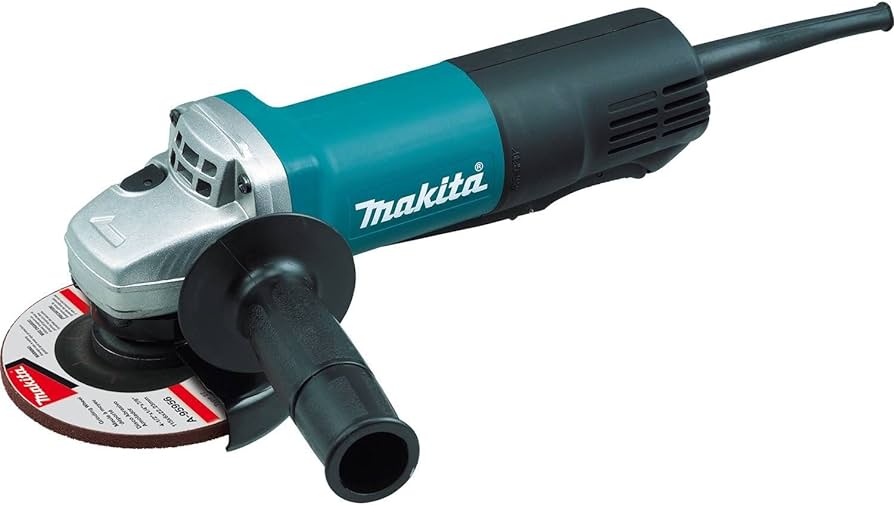
A Legacy of Craftsmanship: The History of Makita Angle Grinders
The story of Makita angle grinders began in 1919 when Masatoshi Makita founded Makita Works Ltd. in Japan. Initially focused on repairing and manufacturing electric motors, Makita quickly established a reputation for quality and reliability. In 1958, the company introduced its first portable hand-held power tool, a portable electric planer, marking a pivotal moment in Makita’s history.
The development of Makita angle grinders followed soon after, with the introduction of the first model in 1964. This groundbreaking tool revolutionized the way materials were cut, ground, and polished, quickly gaining popularity among construction workers, metalworkers, and hobbyists. Since then, Makita has continuously refined and innovated its angle grinder line, introducing new models with enhanced features and capabilities.
Types of Makita Angle Grinders: Catering to Diverse Needs
Makita angle grinders come in a variety of types to suit the specific needs of users. The most common classification is based on wheel size, ranging from compact 4-inch models to powerful 9-inch grinders. Each wheel size offers unique advantages, with smaller wheels providing maneuverability and larger wheels delivering greater cutting depth and power.
Another crucial distinction is between corded and cordless angle grinders. Corded models offer unlimited runtime, ideal for continuous use in workshops or construction sites. Cordless grinders, on the other hand, provide portability and convenience, making them suitable for on-the-go applications or areas with limited power access.
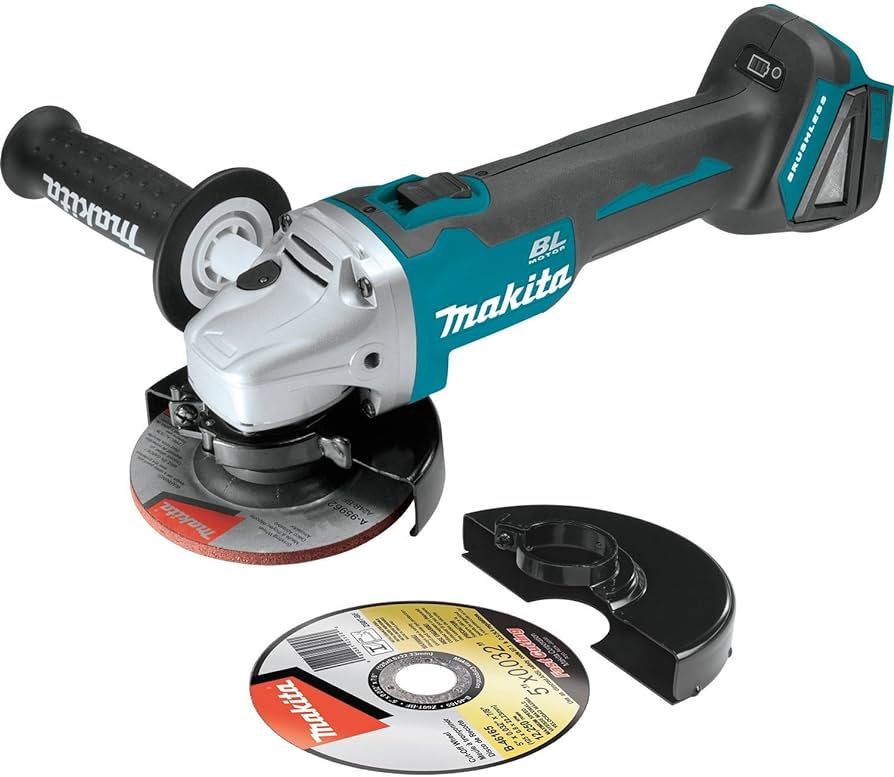
Unveiling the Powerhouse: Key Features and Benefits of Makita Angle Grinders
Makita angle grinders are renowned for their exceptional features and benefits, making them a favorite among professionals and enthusiasts alike. At the heart of their performance lies powerful motors that deliver high torque and speed, enabling users to tackle even the most demanding tasks with ease.
Durability is another hallmark of Makita angle grinders. These tools are built to withstand harsh working conditions and heavy-duty use, thanks to robust construction and high-quality materials. This durability extends to the ergonomic design, which minimizes fatigue and maximizes operator comfort, even during prolonged use.
Safety remains a top priority for Makita, and their angle grinders are equipped with advanced safety features to protect users from potential hazards. These features include protective guards to prevent accidental contact with grinding wheels, safety switches to prevent accidental starts, and vibration dampening systems to reduce fatigue.
Versatility is another key strength of Makita angle grinders. These versatile tools can handle a wide range of tasks, from grinding and cutting metal to polishing stone and tile. Their adaptability makes them indispensable in various industries, including construction, manufacturing, automotive, and home improvement.
Applications: Unleashing the Versatility of Makita Angle Grinders
Makita angle grinders are not just powerful tools; they are also incredibly versatile, capable of handling a diverse range of applications. In the metalworking industry, these grinders are used for grinding, cutting, and polishing metal surfaces, shaping and finishing metal components, and preparing surfaces for welding.
Construction workers rely on Makita angle grinders for cutting rebar, concrete, and other construction materials, while fabricators use them for shaping and finishing metal components. Stonework applications include grinding, cutting, and polishing stone and tile, while automotive enthusiasts utilize these grinders for grinding and polishing car bodies and components.
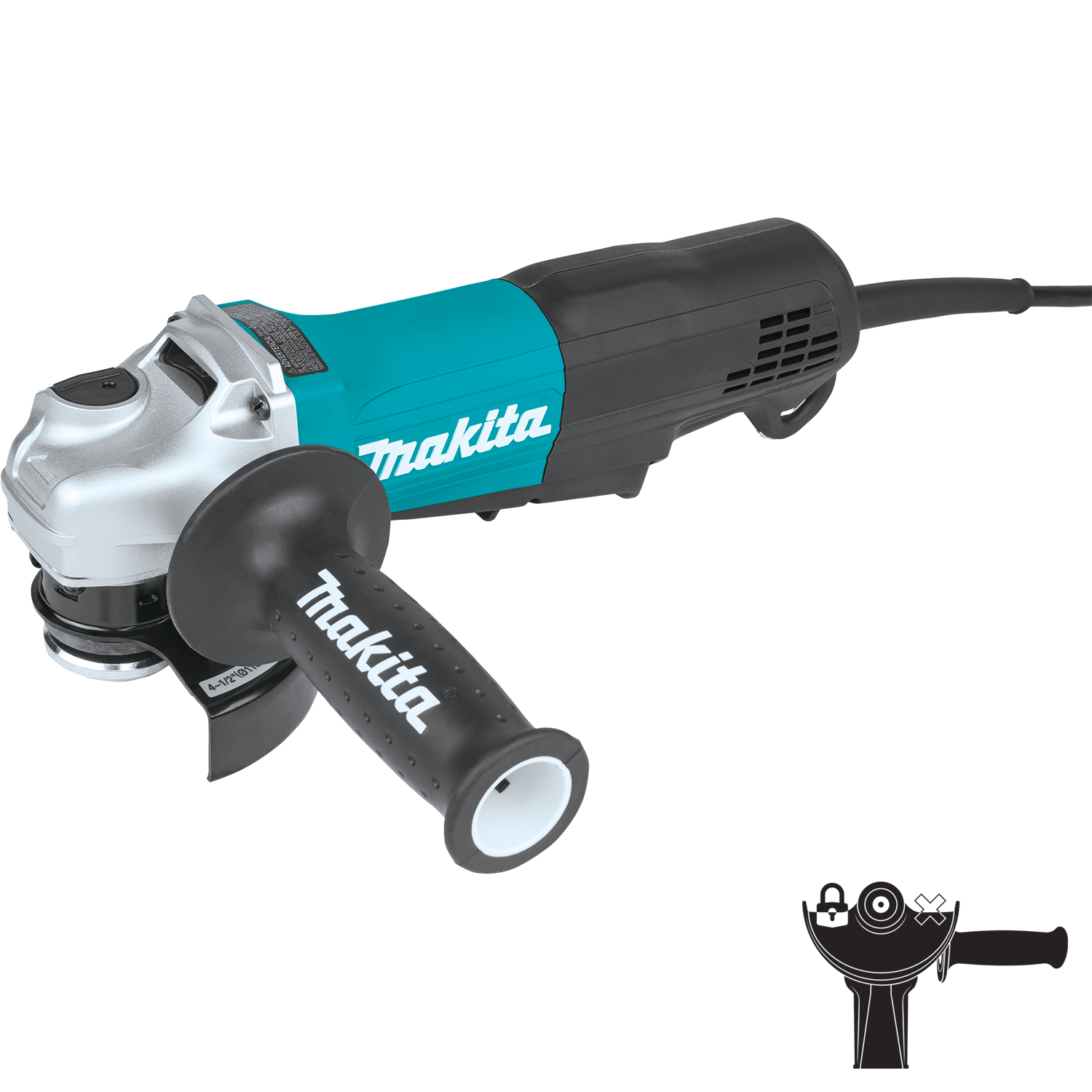
Safety First: Essential Guidelines for Using Makita Angle Grinders
When operating any power tool, safety should be paramount. Makita angle grinders, with their powerful motors and rotating wheels, demand particular attention to safety precautions. Proper personal protective equipment (PPE) is essential, including safety glasses, gloves, hearing protection, and respiratory protection to shield oneself from dust, sparks, and noise.
Before each use, it’s crucial to inspect the angle grinder for any damage, loose components, or improper wheel installation. Ensuring the workpiece is firmly secured to prevent kickback is paramount. Proper grinding technique involves maintaining a stable grip, using the correct cutting angle, and avoiding excessive force.
After each use, thorough cleaning and inspection are essential to maintain the grinder’s performance and longevity. Regular maintenance includes sharpening or replacing grinding wheels, lubricating moving parts according to manufacturer’s instructions, and proper care of the electrical cord or battery (for cordless models).
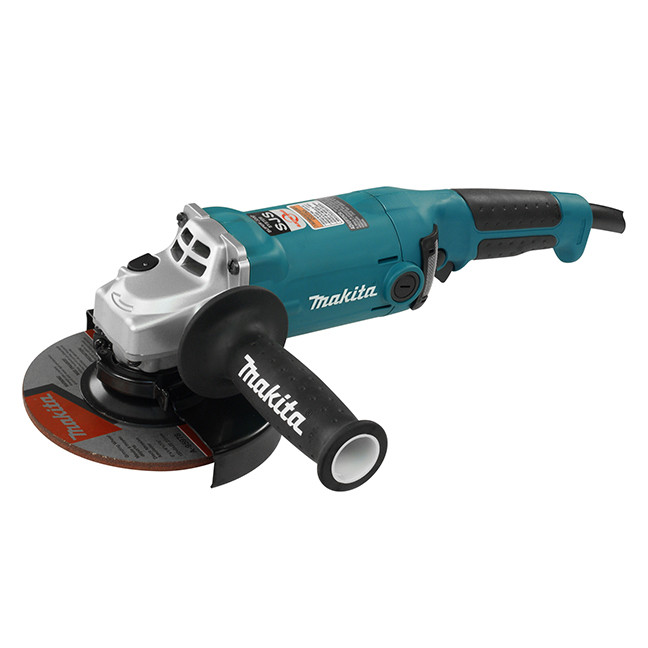
Maintenance and Care: Extending the Lifespan of Makita Angle Grinders
Regular maintenance and care are crucial for extending the lifespan of your Makita angle grinder and ensuring optimal performance. The first line of defense is regular cleaning and inspection. Removing dust, debris, and any signs of damage, such as cracks or worn components, should be a routine practice.
Sharpening or replacing grinding wheels is equally important. A blunt wheel not only reduces efficiency but can also be a safety hazard. When replacing the wheel, ensure it’s compatible with your grinder’s size and speed rating. Following the manufacturer’s instructions for lubrication of moving parts is vital to maintain smooth operation and prevent premature wear.
For corded models, proper care of the electrical cord is essential. Regularly checking for signs of wear and tear, avoiding excessive bending, and using proper extension cords with adequate gauge will prevent electrical issues. Cordless models require proper battery care for optimal performance and longevity. Following the manufacturer’s recommendations for charging, storage, and disposal of batteries will ensure their continued functionality.
Popular Makita Angle Grinders: Unveiling Top Performers
With a diverse range of Makita angle grinders available, choosing the right model can be overwhelming. Here’s a glimpse into some of the most popular models catering to various needs:
-
Makita 9557NB 4-1/2-Inch Angle Grinder: This corded model is a versatile and durable workhorse, ideal for various grinding, cutting, and polishing tasks.
-
Makita DGA412 4-1/2-Inch Cordless Angle Grinder: This cordless option offers power and lightweight portability, making it perfect for on-site jobs or areas with limited power access.
-
Makita GA4030 4-Inch Angle Grinder: This high-performance grinder tackles demanding applications with ease, featuring a powerful motor and robust construction.
-
Makita 9564CV 4-1/2-Inch Angle Grinder with Variable Speed: This versatile model provides variable speed control, allowing users to adjust grinding or cutting speed for optimal results on different materials.
-
Makita XAG11T 4-1/2-Inch Angle Grinder with Dust Collection: This innovative grinder features a dust collection system for a cleaner work environment, ideal for tasks that generate significant dust.

Troubleshooting Common Makita Angle Grinder Issues
Even with proper care, occasional issues might arise. Here’s a look at some common problems and potential solutions:
-
Motor not starting: Check the power source, connections, and brushes. A faulty power source, loose connection, or worn brushes could be the culprit.
-
Grinding wheel not spinning smoothly: Ensure proper wheel installation, check for worn bearings, and clean any debris that might be hindering rotation.
-
Excessive sparking: This could be caused by applying too much pressure, using the wrong wheel type for the material, or an imbalanced grinding wheel.
-
Vibrations: Balancing the grinding wheel, checking for loose components, and using a proper grip technique can help minimize vibrations.
-
Smoke or burning smell: Investigate for electrical issues, check for an overloaded motor, and ensure proper ventilation while using the grinder.
If these fixes don’t solve the issue, check the Makita user manual for more solutions. You can also contact a Makita authorized service center directly for further assistance.
Makita Angle Grinders – A Reliable Ally for Professionals and Enthusiasts
Makita angle grinders have earned their reputation as a symbol of power, precision, and performance.
Some grinders even have advanced dust collection systems!
To get the most out of your Makita angle grinder, follow safety guidelines, maintain it properly, and choose the right model for your task. With this care, your Makita grinder will be a reliable partner for years to come.